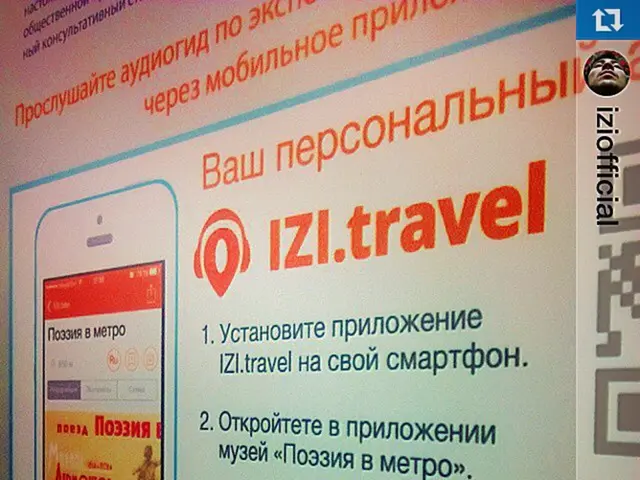Streamlined Strategies for Superior New Hire Integration
In today's digital world, onboarding new hires, especially remote workers, is a crucial aspect of the hiring process. A well-structured onboarding process not only helps new employees settle into their roles but also fosters a sense of connection and productivity from the start.
The onboarding process begins even before the first day of work, encompassing the hiring process and extending until the new hire is fully settled into their role. It includes preparing new hires, training, office orientation, meeting the team, and evaluating the onboarding experience. This comprehensive process can last from the first day of work and may extend for an unspecified duration.
Effective strategies for onboarding remote workers include clear and frequent communication, structured orientation, mentorship, and engagement through interactive content. Providing new hires with necessary equipment, tailored onboarding experiences, and ongoing support ensures they feel connected and productive from the start.
Communication is key in this process. Utilize centralized employee apps or intranet platforms to deliver updates, policies, and training materials consistently, so new hires have easy access to resources. Create orientation checklists and set clear onboarding objectives, organizing content into manageable topics covering job duties, company policies, and goals.
Ensure required equipment is provided, such as computers, software, and a reliable internet connection to enable productivity from home. Assign mentors or buddies to help remote employees integrate faster, fostering connection and support within the team. Make onboarding interactive by combining video calls, synchronous training sessions, and self-paced learning modules to maintain engagement without overwhelming new hires.
Stagger onboarding content to prevent cognitive overload and aid retention. Customize onboarding by role to ensure that content is relevant and aligned with specific job functions, increasing onboarding efficiency. Facilitate introductions using asynchronous videos or bios so new employees and existing team members can get to know each other, overcoming time zone differences.
Promote psychological safety and transparency by encouraging managers to share company challenges and invite open feedback, helping new hires feel safer in contributing ideas early on. Send pre-start welcome communications to build excitement and familiarity with the company culture. Use onboarding checklists and training policies to set expectations and provide clarity.
The socialization of new hires is important, with multiple levels including Compliance, Clarification, Culture, and Connection. Provide details about the department and job responsibilities. Ask about accommodations required by the new employee. Organize a first day team lunch for the new employee. Conduct an office tour for the new employee, if applicable.
For remote workers, a virtual welcome meeting is essential. Consider an in-person 2 week training for remote workers, if feasible. Provide training on collaboration software like GanttPro, Trello, or Wrike for remote workers. Utilize communication tools such as Slack, Chanty, Fleep, Monday.com, and 15Five for remote workers.
Lastly, encourage feedback from the new employee throughout the onboarding process. Schedule one month check-ins with the new employee to assess their progress and address any concerns. By following these strategies, you can create a seamless, comfortable, and effective onboarding process that attracts top talent and sets them up for success.
References:
- Remote Work Onboarding: A Comprehensive Guide
- Remote Onboarding: Best Practices for Successful Remote Onboarding
- Remote Onboarding: A Step-by-Step Guide for Success
- The Ultimate Guide to Remote Onboarding
- Remote Onboarding: A Guide for Employers
Financing the purchase of necessary equipment and providing ongoing support for remote workers can ensure they feel connected and productive from the start, enhancing the effectiveness of remote onboarding. Effective remote onboarding also includes structuring orientations, mentorship, and clear communication, which are essential aspects of any business's hiring process.




